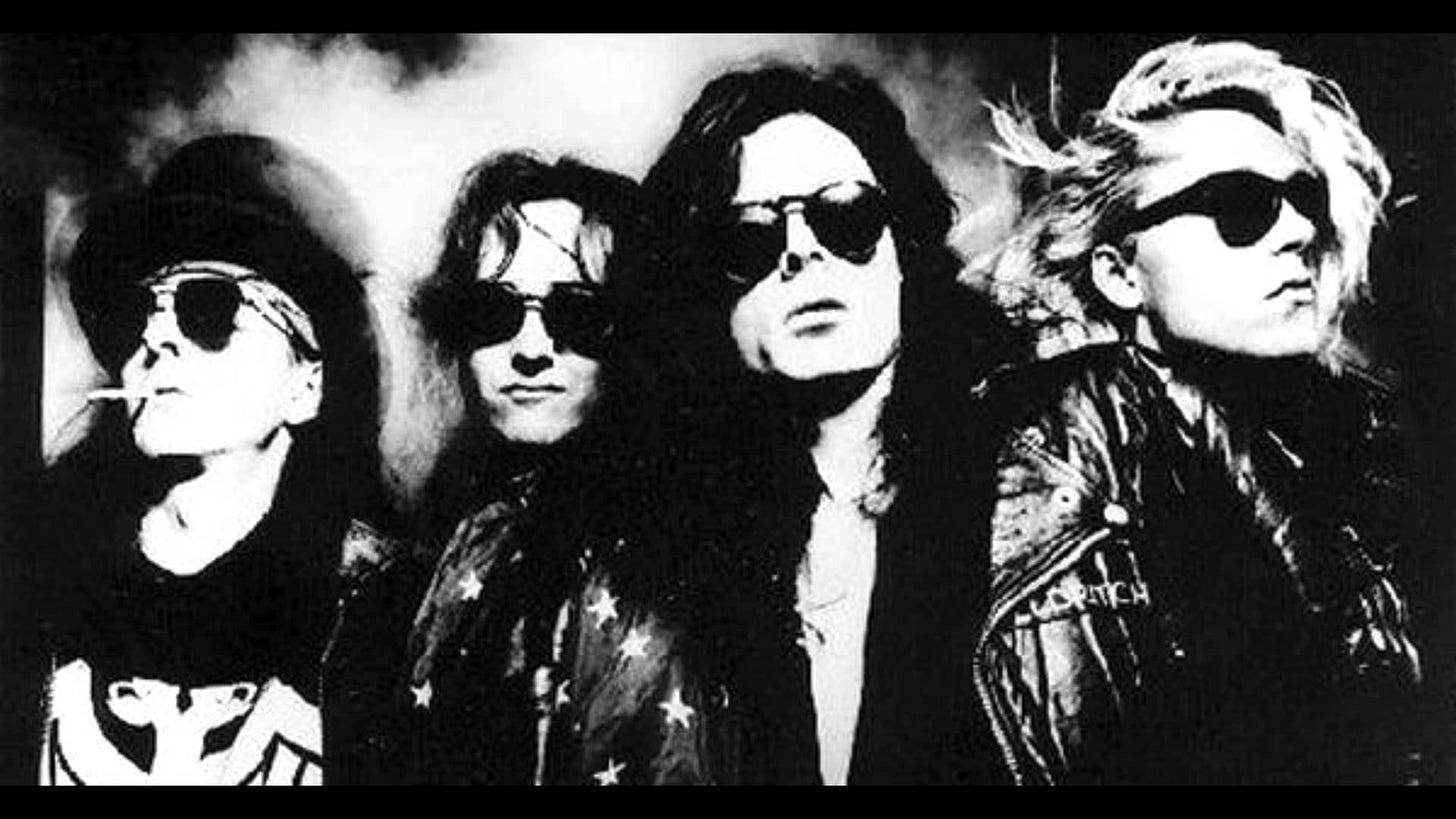The Sisters of Mercy | History of the Band
Goth Foundations to Rock Innovations: The Sisters of Mercy's Bold Leap in the 90s
Formation and Early Years
The Sisters of Mercy was formed in Leeds in 1980 by Andrew Eldritch and Gary Marx. They quickly made a name for themselves in the UK independent music scene, featuring singles in various UK indie magazines and covering songs from various artists during live performances. The band underwent several lineup changes early in its career, with notable members including Wayne Hussey and Patricia Morrison, each bringing unique contributions to its evolving sound.
Musical Style and Evolution
Initially, The Sisters of Mercy were known for their gothic rock style, characterized by Eldritch’s baritone voice and the use of a drum machine, affectionately named Doktor Avalanche. The 1990s saw a significant shift in their musical direction, notably with their album “Vision Thing” released in 1990. This album, produced by Eldritch, moved towards a more guitar-oriented rock sound, distinct from their earlier gothic tones.
Discography and Notable 90s Albums
Vision Thing (1990): Released on October 22, 1990, “Vision Thing” was produced by Eldritch and featured musicians like Andreas Bruhn, Tony James, and Tim Bricheno. The album, characterized by its assault on US policies, represented a significant change in the band’s style, moving towards a more guitar-centric rock. This album was later reissued in 2006 with bonus tracks.
A Slight Case of Overbombing (1993): This collection, released on August 23, 1993, compiled some of the band’s significant singles and was well-received, achieving gold certification in various regions.
Influence and Legacy
The Sisters of Mercy’s influence in the 1990s was marked by their unique blend of gothic and hard rock elements. Despite challenges, including a strained relationship with their record label and a controversial tour with Public Enemy, their music resonated with a broad audience. The band’s legacy in the 90s, especially with albums like “Vision Thing,” continues to be recognized for its bold musical direction and experimentation.
Critical Reception
The Sisters of Mercy’s work in the 1990s received mixed reviews. “Vision Thing” was praised for its ambitious sound and critiqued for deviating from the band’s earlier gothic style. This period was marked by internal conflicts and external pressures, influencing their music’s reception and stance in the industry.
Conclusion
The Sisters of Mercy in the 1990s presented a band in transition, grappling with internal dynamics, evolving musical styles, and industry challenges. Their journey through this decade is a critical piece of the larger puzzle of 90s music, offering insights into the complexities and transformations within the music scene of that era.
Their story in the 90s, though not as impactful on the mainstream music scene as in the previous decade, is an essential chapter in understanding the band’s complete legacy and their contribution to the diverse tapestry of 90s music.
Eric Peterson suggested this artist for a future Dig Me Out podcast episode. Each month, our Patrons are presented with a selection of albums suggested by listeners and asked to vote for their favorite. The album with the most votes is given another minute in the spotlight. Vote and share your thoughts.



